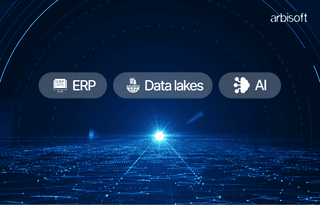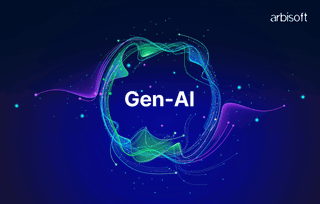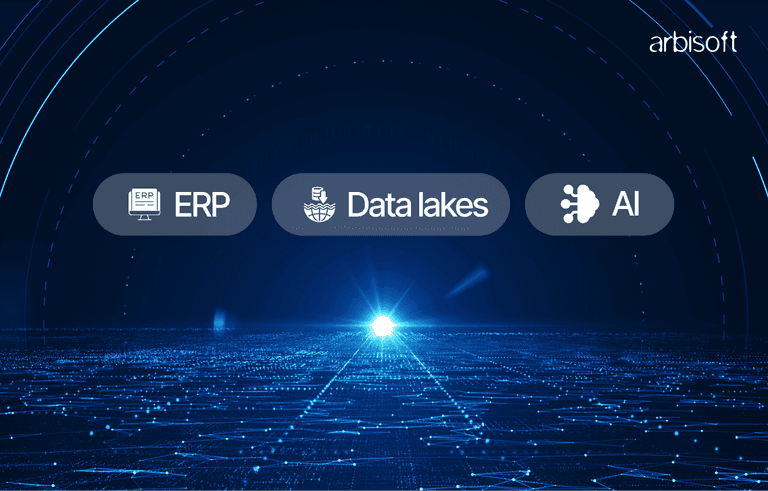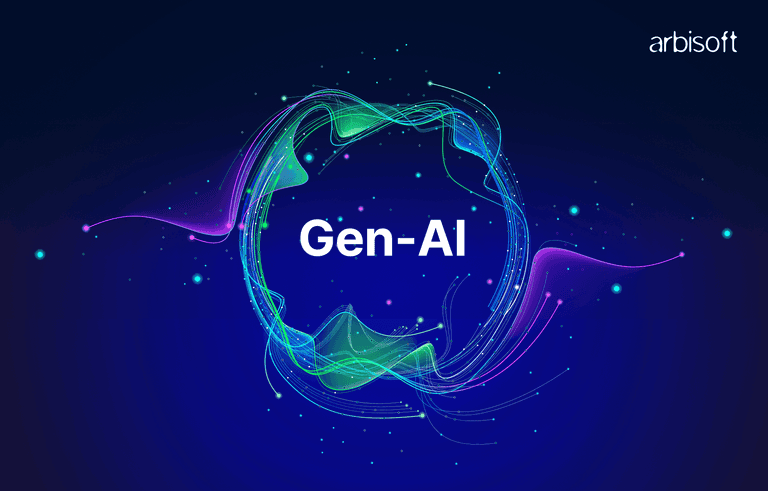We put excellence, value and quality above all - and it shows




A Technology Partnership That Goes Beyond Code

“Arbisoft has been my most trusted technology partner for now over 15 years. Arbisoft has very unique methods of recruiting and training, and the results demonstrate that. They have great teams, great positive attitudes and great communication.”
Are We Already at the AI Plateau & What's Next?

Picture this: you ask an AI model to help you plan a road trip, and it suggests a route that takes you miles out of your way or even tells you to drive through a lake. Or imagine it struggling to calculate the distance between two well-known cities. These kinds of frustrating mistakes highlight the current limitations of AI, reminding us that while AI has come a long way, it’s far from perfect.
Technology Doesn’t Always Move Forward Smoothly
Technology rarely improves in a straight line. Usually, there’s a slow build-up of knowledge that suddenly leads to a big leap forward, which then slows down. This pattern is called the S-Curve and can be seen in many technological developments. For example:
- The technology behind the internet, TCP/IP, developed rapidly after its start in 1973, stabilizing with version 4 in 1981, which is still in use today.
- Web browsers evolved quickly in the late '90s, turning the internet into an interactive space. Since then, changes have been more gradual.
- The App Store launched in the early 2010s and sparked a wave of new mobile apps, but now, new groundbreaking apps are less common.

AI's Progress Has Slowed Down
We’re seeing this same S-Curve pattern in AI. In 1950, Alan Turing first thought about creating a machine that could "think." Over seventy years later, OpenAI built on this idea to create a language model that can answer questions almost like a human; though it’s still not perfect.
When ChatGPT was released in November 2022, it caused a global buzz. Each new version, whether from OpenAI or other companies like Anthropic, Google, and Meta, brought noticeable improvements. But now, the pace of progress has slowed. For example, OpenAI’s model still improves on benchmarks like the MMLU Benchmark for AI Models, which tests knowledge across 57 subjects, but the advances aren’t as dramatic.
To move forward, we need a new breakthrough, and we believe that finding new sources of data is key.
Find Out What’s Essential for Your AI Career!

Click below to discover the essential skills, certifications, and knowledge areas you need to advance your career and thrive in the evolving AI field.

The Role of Data in AI’s Growth
Data is the lifeblood of AI. Without enough data, AI systems can’t learn or perform well. But what happens when we start to run out of new data? This is a key question as we consider whether AI is hitting its limits.
Currently, AI models rely heavily on data that’s freely available online. However, as the most valuable public data gets used up, it’s becoming harder to find new, high-quality information. This slowdown in data availability could be why AI progress seems to be decelerating.
The Next Big Step: Using Business Data
To keep AI advancing, companies are now turning to a new source of data; business data. Unlike public data, which has already been extensively mined, data generated in the workplace, such as product plans, sales presentations, and medical studies, offers a richer and more reliable source of knowledge. This data, especially when it comes from experts, has the potential to drive the next wave of AI innovation.
For instance, business apps like Notion generate significantly more revenue per user than consumer apps, highlighting the untapped potential of AI in the business world. The sheer volume of work-related data is staggering; Zoom recorded 3.3 trillion meeting minutes in 2020, Ironclad processes over a billion documents annually, and Slack sends over a billion messages each week. Startups that can access and harness this business data are poised to lead the next big AI breakthroughs.
How Can AI Continue to Grow?
To push past the current slowdown and keep advancing AI:
1. Tapping into New Data Sources: The key to future AI growth lies in accessing and utilizing business data, which is far more valuable for AI training than what’s left of the public data.
2. Improving Algorithms: AI models need to become more efficient at learning from smaller datasets, making the most of the available data; leveraging predictive analytics solutions can accelerate these improvements by uncovering deeper insights from limited information.
3. Focusing on Ethical AI: As AI integrates more into our lives, it’s crucial to ensure its responsible use. Building AI systems that are fair, transparent, and aligned with human values is essential for sustained growth.
4. Collaborating Across Fields: The next major AI breakthroughs might emerge from combining knowledge from different areas, such as neuroscience, biology, or social sciences. Cross-disciplinary collaboration could lead to exciting new AI developments.
5. Setting Clear Standards: Establishing clear regulations and standards for AI will help ensure the technology is safe and beneficial for everyone. This stability is vital for encouraging continued innovation.
Conclusion
While AI might seem to be nearing a plateau, this doesn’t signal the end of progress. Just like other technologies that have faced similar challenges, AI has the potential to keep evolving. By tapping into new data sources, especially business data, improving algorithms, and collaborating across different fields, we can overcome current limitations and push AI to new heights. The future of AI is still full of possibilities, and with the right approach, we can continue to make exciting advancements.
























